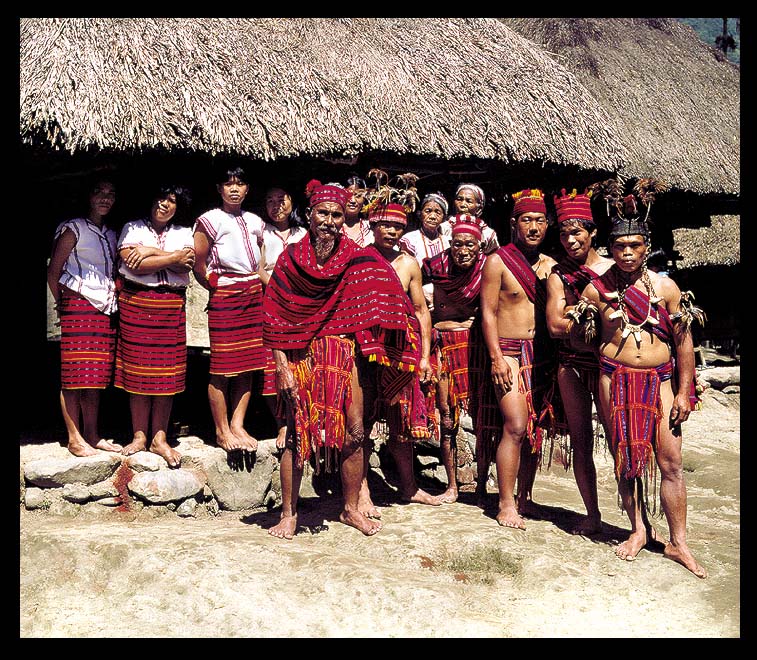
Grade 11 Philippine History DIFFERENT TRIBES IN THE PHILIPPINES
Indigenous Peoples in the Philippines. The Philippines is a mountainous archipelago of approximately 30 million ha. It comprises 7,100 islands grouped into three regions: Luzon, Visayas and Mindanao. Indigenous peoples make up approximately 10-15 per cent of the population. Despite colonialism, the indigenous peoples retained ways of life that.

A Guide to the Indigenous Tribes of the Philippines
MANILA, Philippines -- Indigenous Filipinos were placed in the spotlight yesterday, 9 January 2014, as Asia Society Philippines and Katutubong Filipino Project opened the Photo Exhibit entitled "The Forgotten Ten" at the Waterdragon Gallery, Yuchengco Museum. Attended by a diverse crowd from across sectors, the photo exhibition featured documentary photographer Jacob Maentz photographs of.

» PhilippinesBanaueTribe
The Philippines is a culturally diverse country with an estimated 14- 17 million Indigenous Peoples (IPs) belonging to 110 ethno-linguistic groups. They are mainly concentrated in Northern Luzon (Cordillera Administrative Region, 33%) and Mindanao (61%), with some groups in the Visayas area. The Philippine Constitution, in recognition of this diversity and under the framework of national unity.
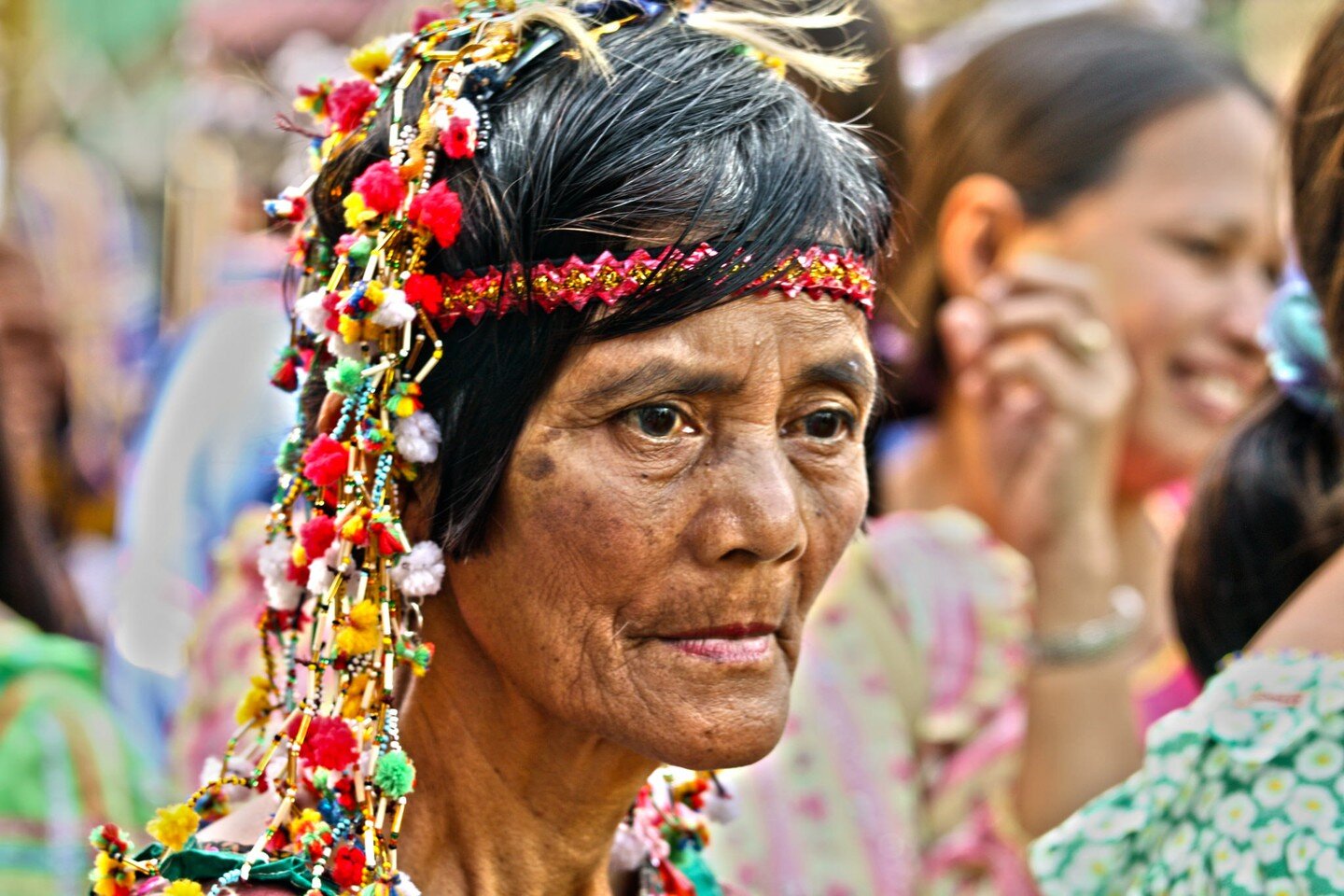
A Guide to the Indigenous Tribes of the Philippines — CulturePop
Filipinos help one another. More popularly known as bayanihan, Filipinos help one another—without expecting anything in return—so that undertaking their tasks and responsibilities become much easier. Sometimes this is called "community spirit.". So if you learn some travel phrases to get around the Phillippines, they will extend their.
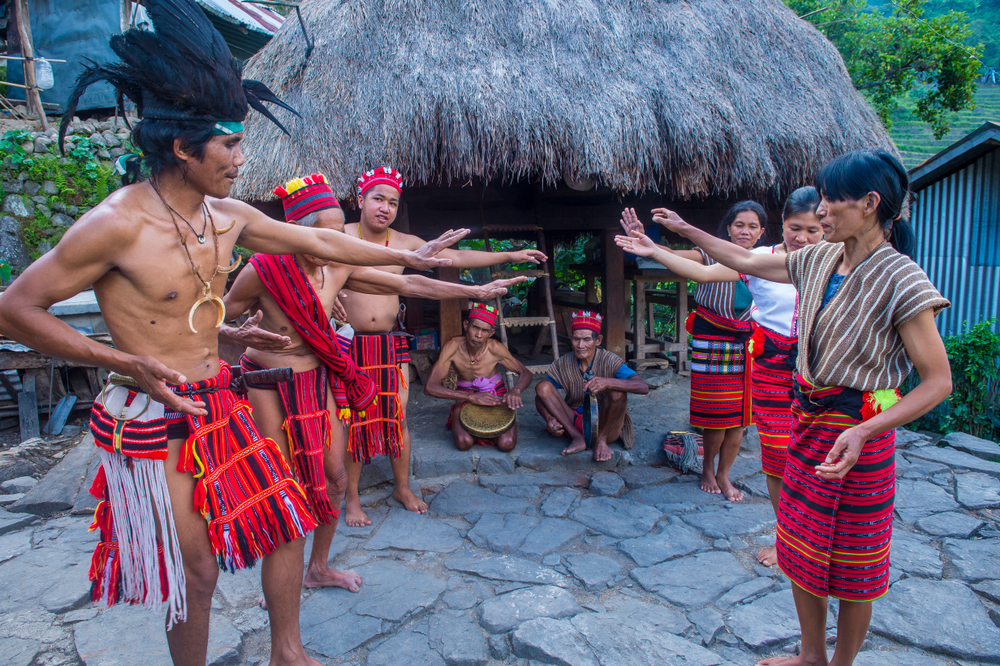
Indigenous calling Philippine tourism focuses on native tribes
By preserving their culture, they help to keep the country's cultural diversity alive. Sustainable Living Practices - Many indigenous groups in the Philippines practice sustainable living practices such as farming techniques that do not harm the environment. This helps to promote environmental conservation and protect natural resources.
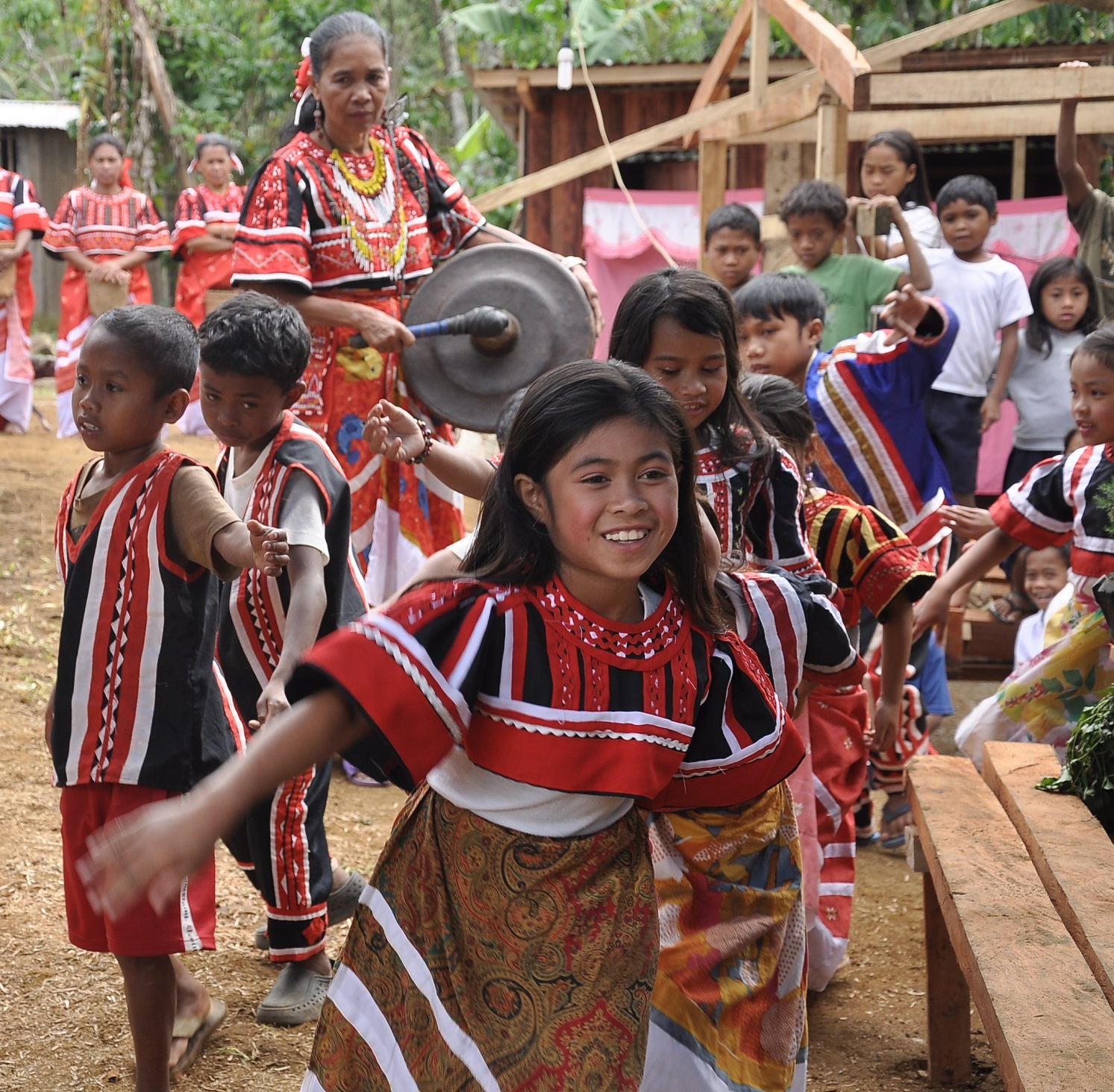
Establishing Indigenous Community Conserved Areas in the Philippines PANORAMA
Meanwhile, in the southern part of the country, indigenous tribes are mostly found in Mindanao and Western Visayas. In Mindanao, these existing non-Muslim indigenous groups are collectively known as the Lumad - a Cebuano term which means 'native' or 'indigenous'.There Lumad tribes comprise about 13 ethnic groups which are the Blaan, Bukidnon, Higaonon, Mamanwa, Mandaya, Manobo.

A Guide to the Indigenous Tribes of the Philippines Mabuhay Travel Blog
MANILA, Philippines - The Lumad are the largest indigenous group in the Philippines. The word "Lumad" is a Visayan term which means "born of the earth.". The Philippines is composed of.
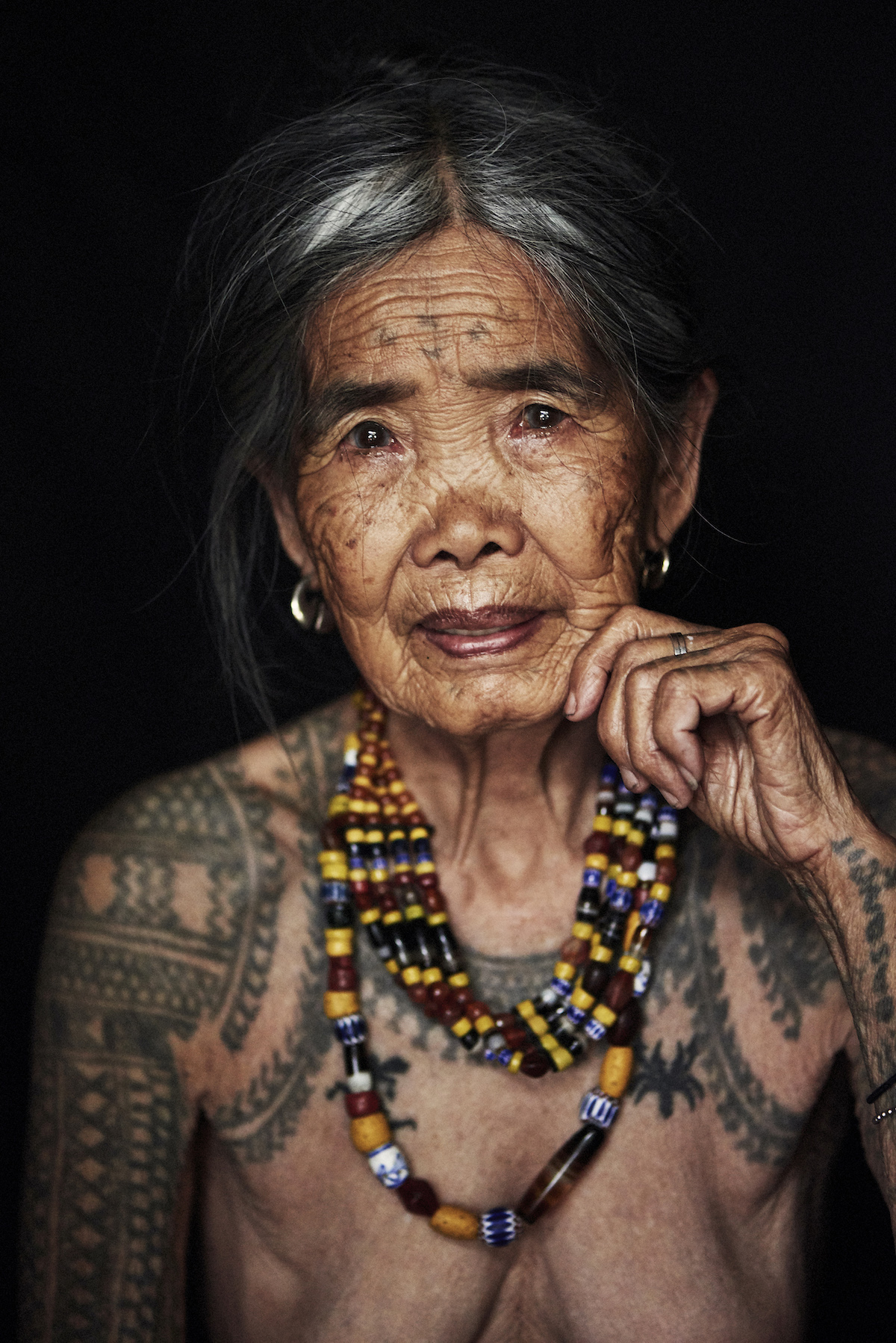
Incredible Portraits of Indigenous Tribes Around the World
The Philippines has 110 enthnolinguistic groups comprising the Philippines' indigenous peoples; as of 2010, these groups numbered at around 14-17 million persons. [2] Austronesians make up the overwhelming majority, while full or partial Negritos scattered throughout the archipelago. The highland Austronesians and Negrito have co-existed with.

Tubad Mindanao Assembly of Tagakaolo tribe in Sarangani Filipino traditional clothing
The Philippines is inhabited by more than 182 ethnolinguistic groups, [1] : 5 many of which are classified as "Indigenous Peoples" under the country's Indigenous Peoples' Rights Act of 1997. Traditionally-Muslim peoples from the southernmost island group of Mindanao are usually categorized together as Moro peoples, whether they are classified.
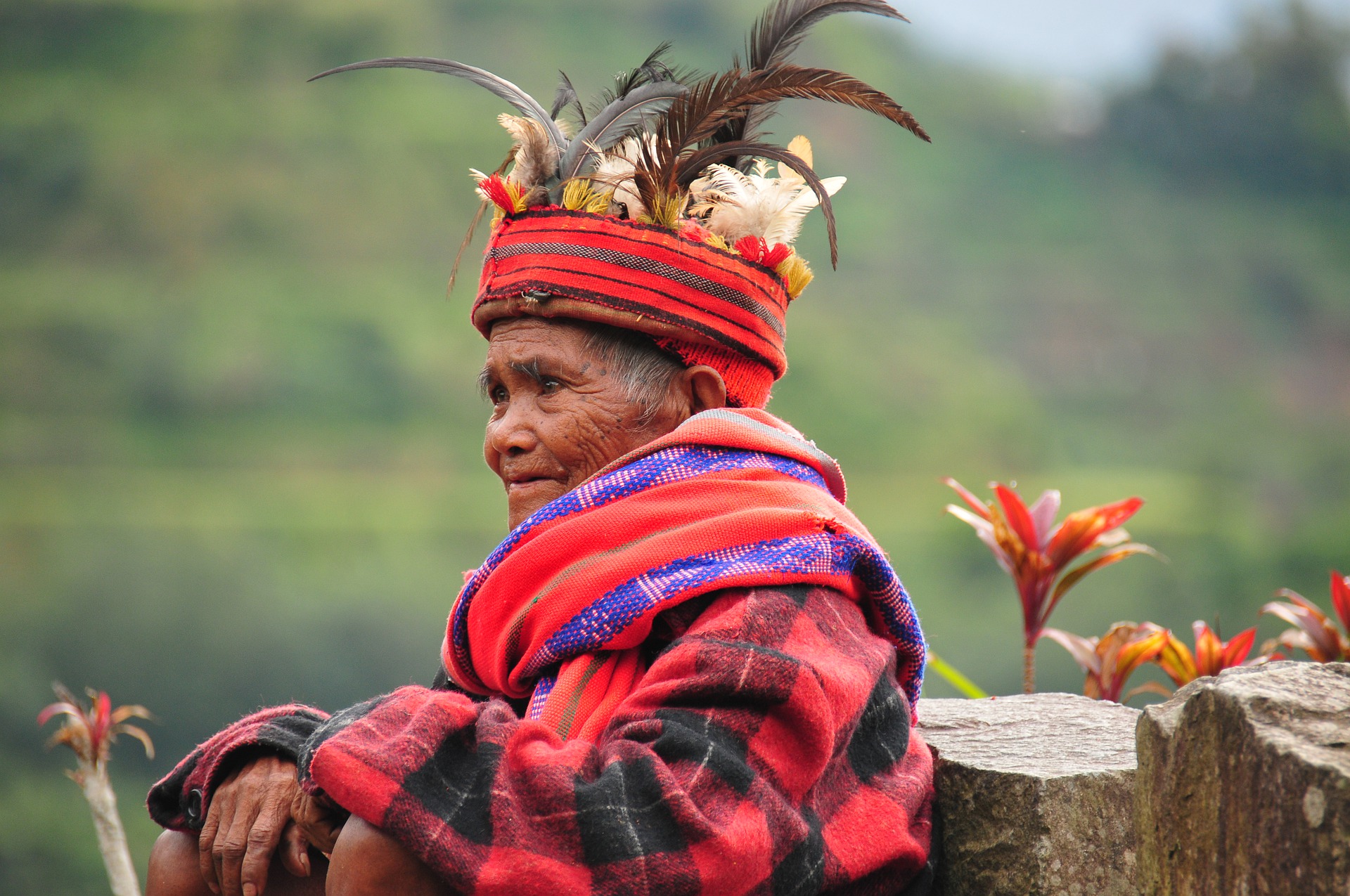
Culture in the Philippines Discover the Philippines with Asia Someday
Palawan, the largest province in the Philippines, is home to several indigenous ethnolinguistic groups namely, the Kagayanen, Tagbanwa, Palawano, Taaw't Bato, Molbog, and Batak tribes. They live in remote villages in the mountains and coastal areas. [better source needed]In 1962, a team of anthropologists from the National Museum led by Dr. Robert Fox unearthed fossils at Lipuun Point (now.

Pin on Philippines
Igorots are upland tribal groups well-known for their rice cultivation. The Ifugao people built the Banaue Rice Terraces, commonly known to as the "eighth wonder of the world.". The ancestors of this indigenous tribe developed an irrigation system of rice terraces in the Ifugao mountains more than 2000 years ago.
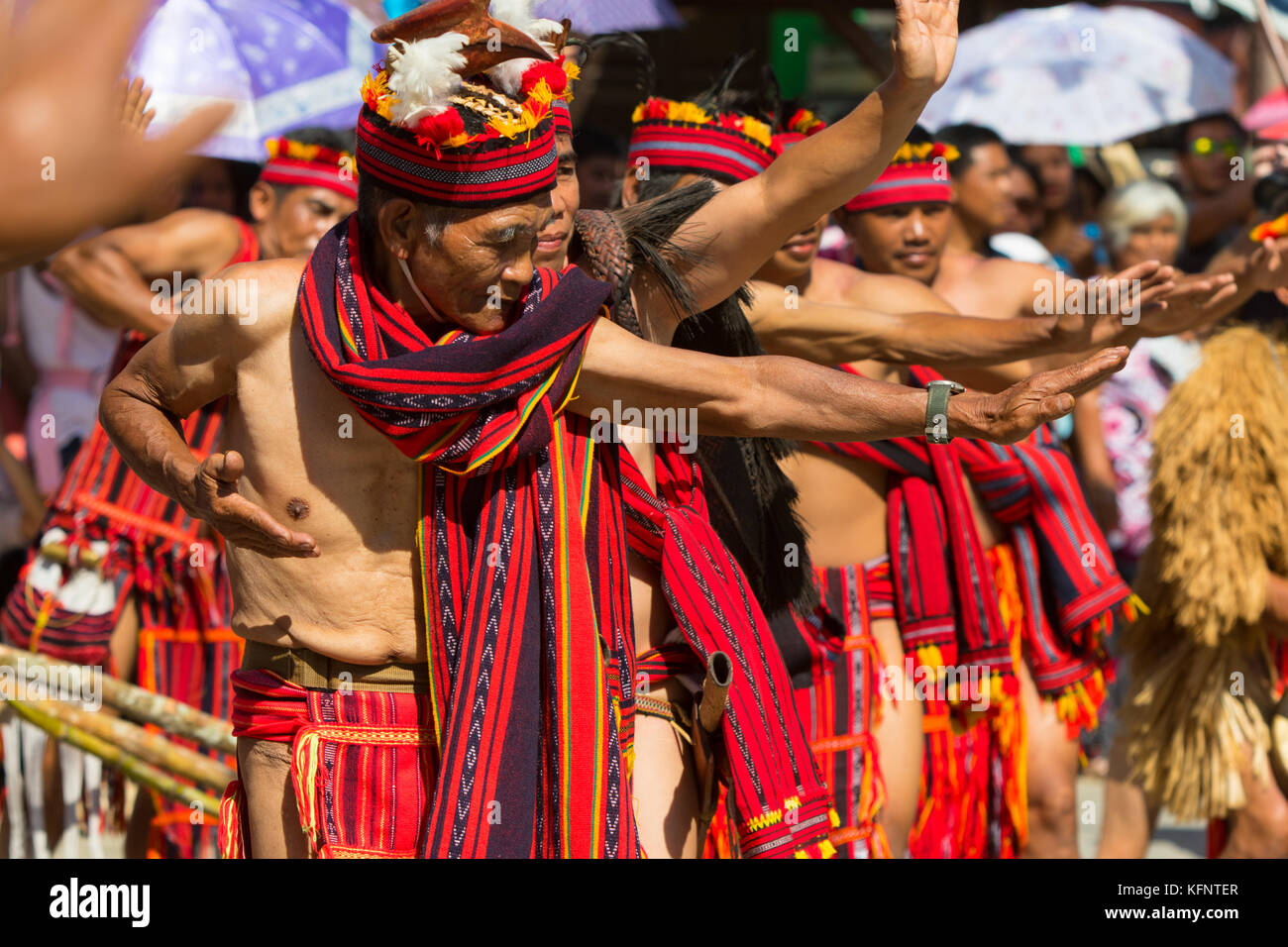
Indigenous Culture In The Philippines / The Indigenous People Of The Philippines Throughout
The Igorots, which comprises numerous tribes in the northern part of the country, are mostly residing in the mountain ranges of the Cordillera Region.They are popularly known for being rice cultivators. An assortment of the group called the Ifugaos built the Banaue Rice Terraces - frequently called the 'eighth wonder of the world'.The ancestors of this indigenous tribe carved a system of.

A Guide to the Indigenous Tribes of the Philippines
The Philippines is commonly referred to as a melting pot of western and eastern cultures. The traditional culture of the Philippines is heavily influenced by the traditions of the indigenous Austronesian people. The cultural landscape also features Spanish, American, Japanese, Arabic, and Indonesian influence. The major religions in the country.
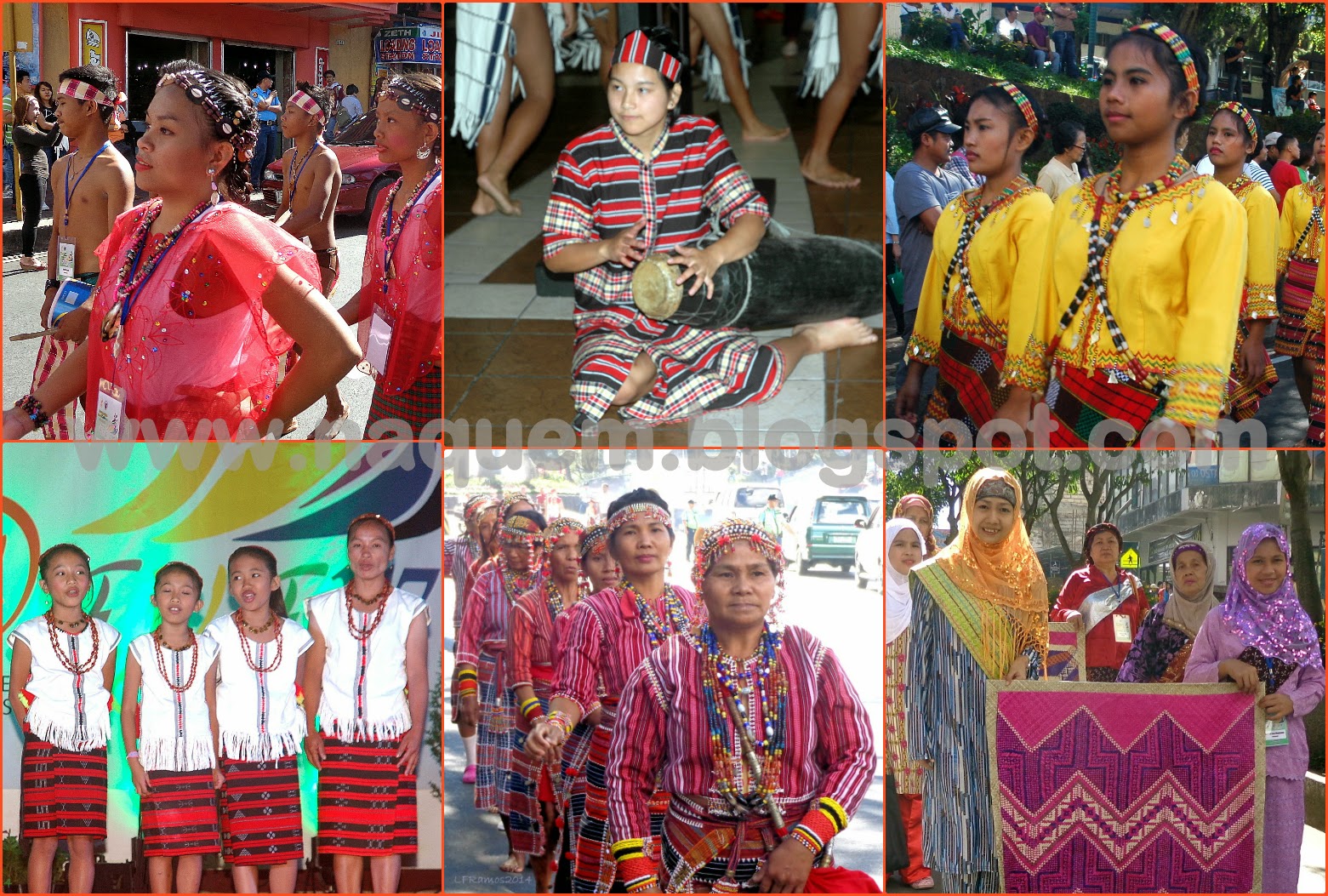
Naquem. Dayaw celebrating the rich cultures of Philippine indigenous peoples
The culture of the Philippines is characterized by cultural and ethnic diversity. Although the multiple ethnic groups of the Philippine archipelago have only recently established a shared Filipino national identity, their cultures were all shaped by the geography and history of the region, and by centuries of interaction with neighboring cultures, and colonial powers.

Indigenous Culture and People Tours Travel Authentic Philippines
The Philippines is a diverse country with many different cultures and ethnicities. One of the most interesting aspects of Philippine culture is its indigenous groups. There are over 100 different indigenous groups in the Philippines, each with their own unique traditions and customs.
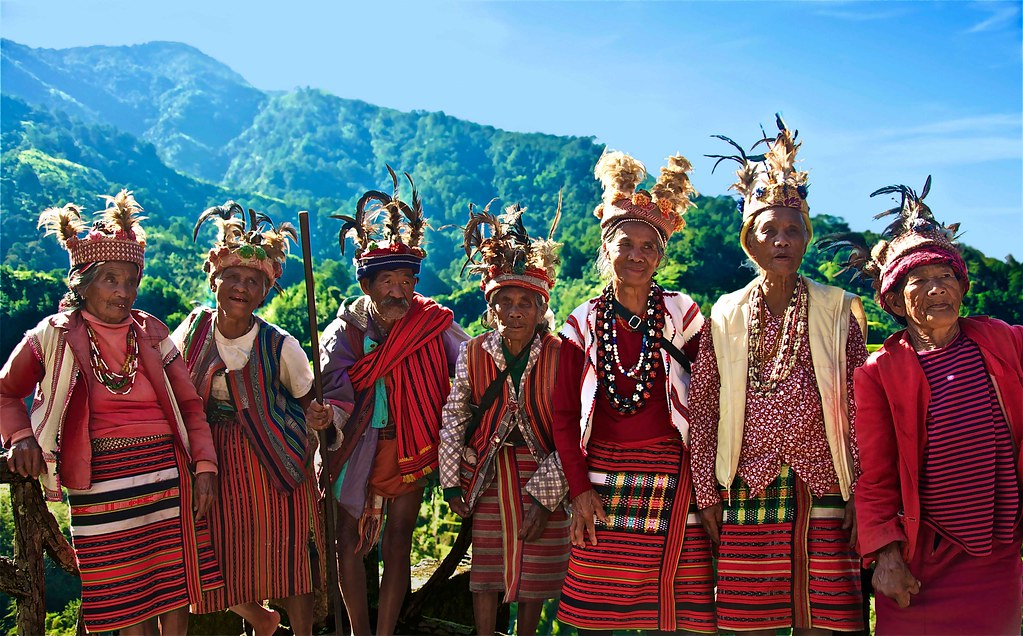
Ifugao Tribal Elders, Banaue Philippines Pictured by www.r… Flickr
The indigenous peoples of the Philippines are ethnolinguistic groups or subgroups that maintain partial isolation or independence throughout the colonial era, and have retained much of their traditional pre-colonial culture and practices. The Philippines has 110 enthnolinguistic groups comprising the Philippines' indigenous peoples; as of 2010.